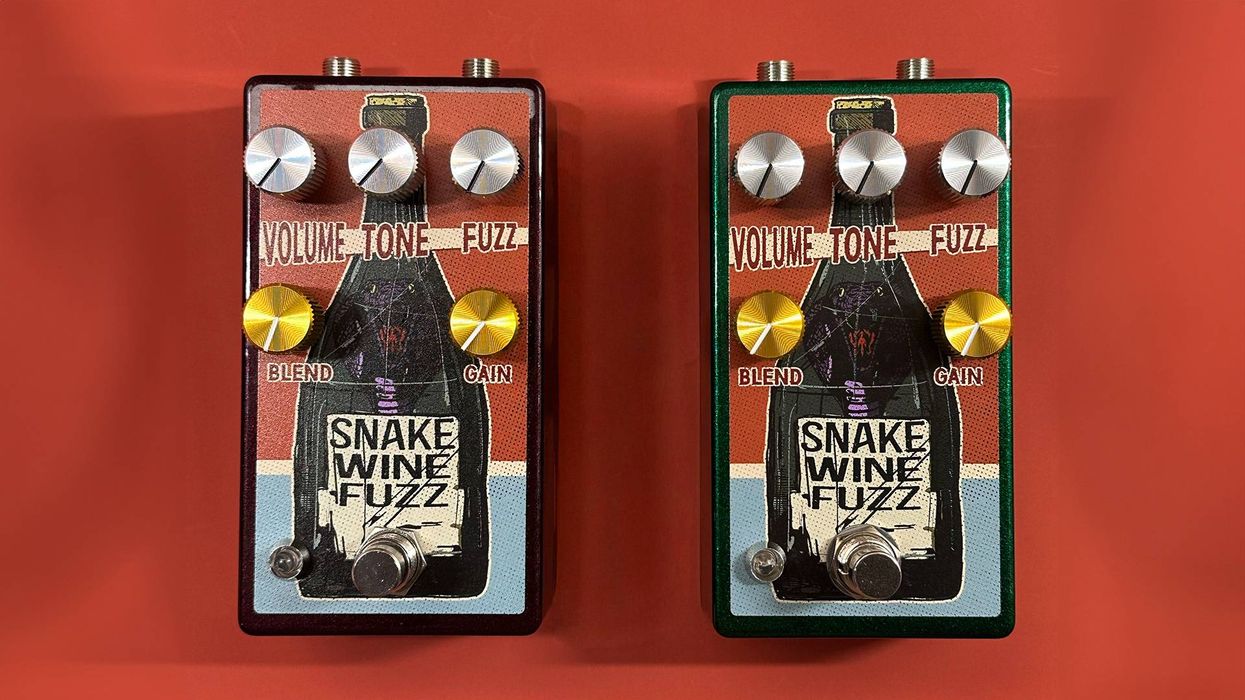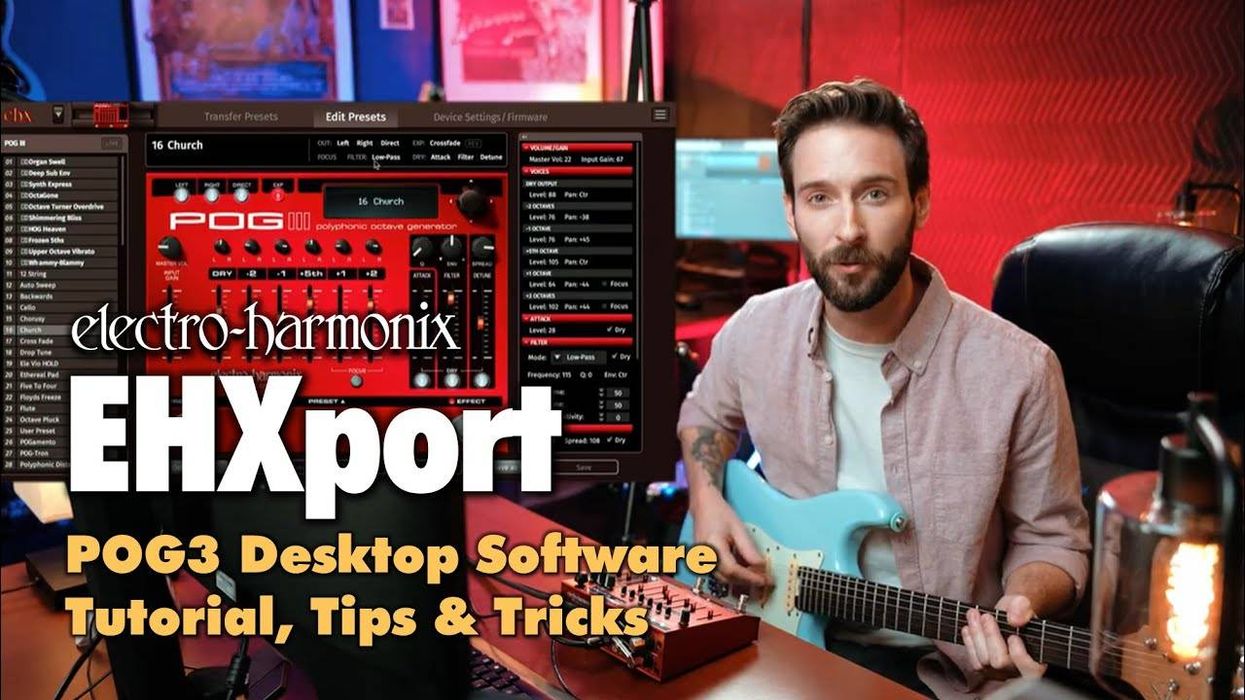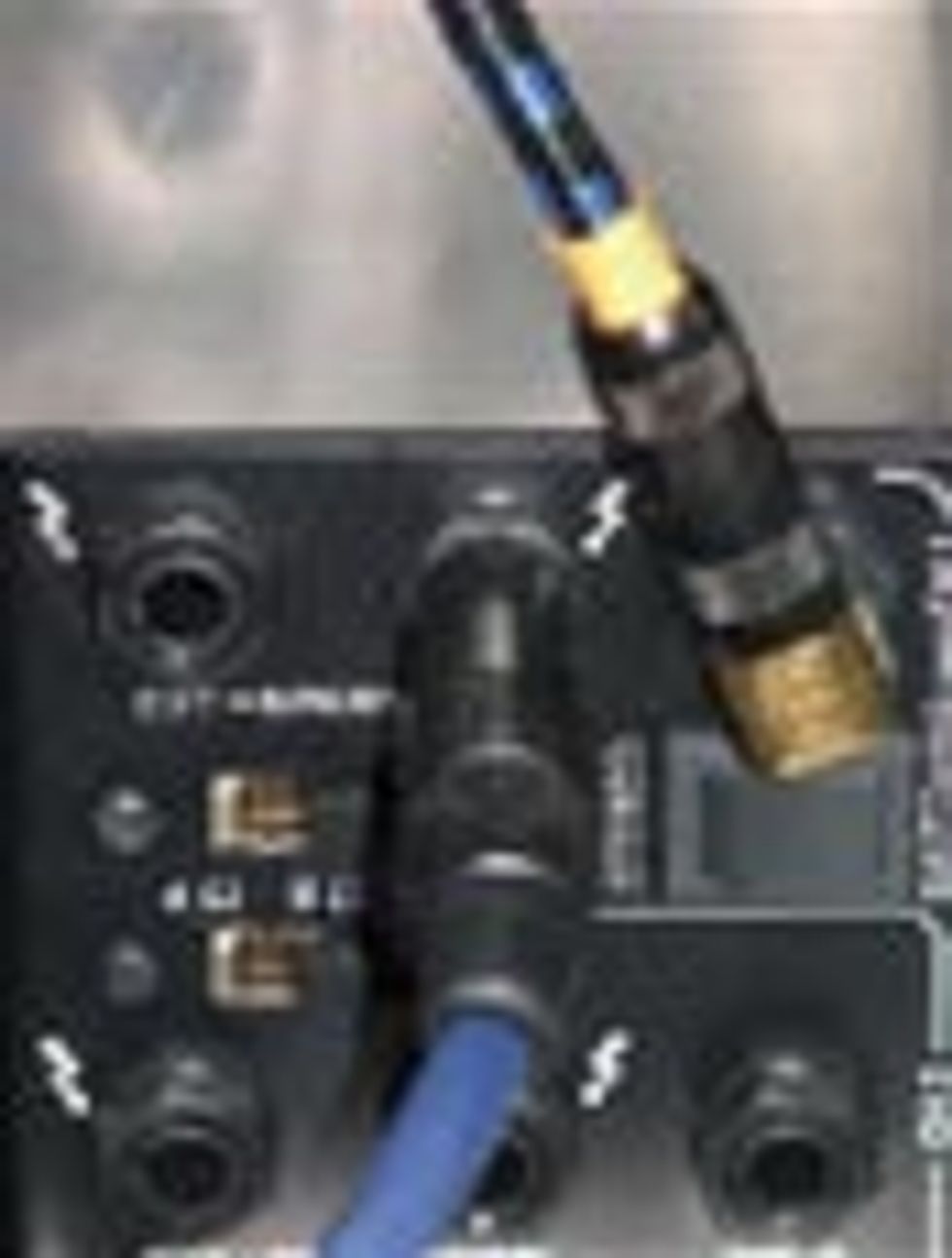 | 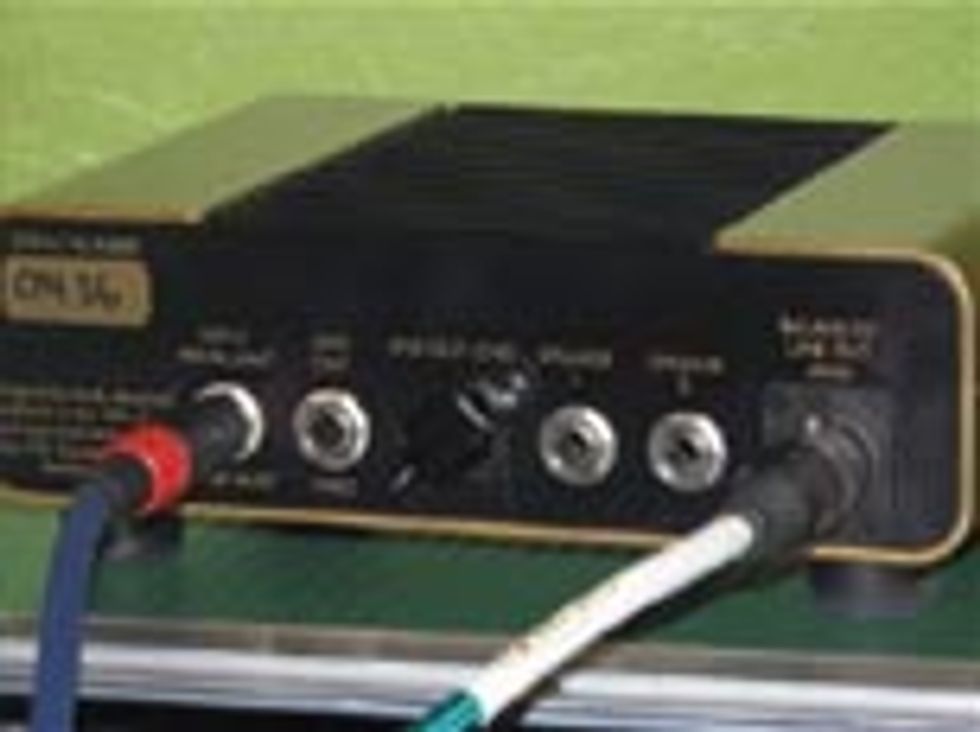 | 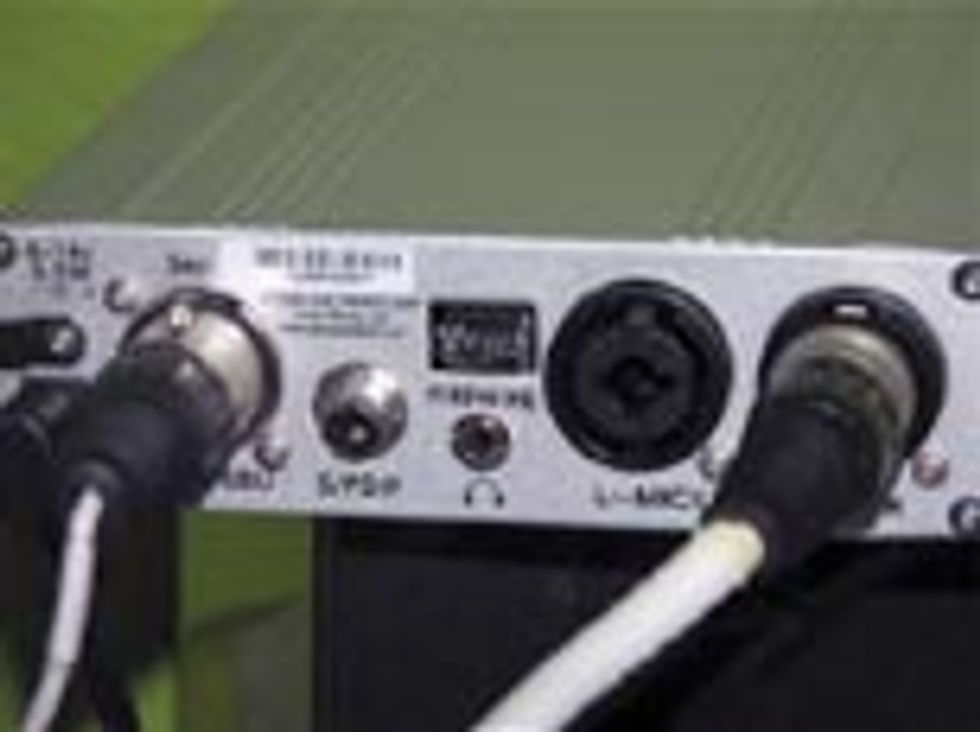 | 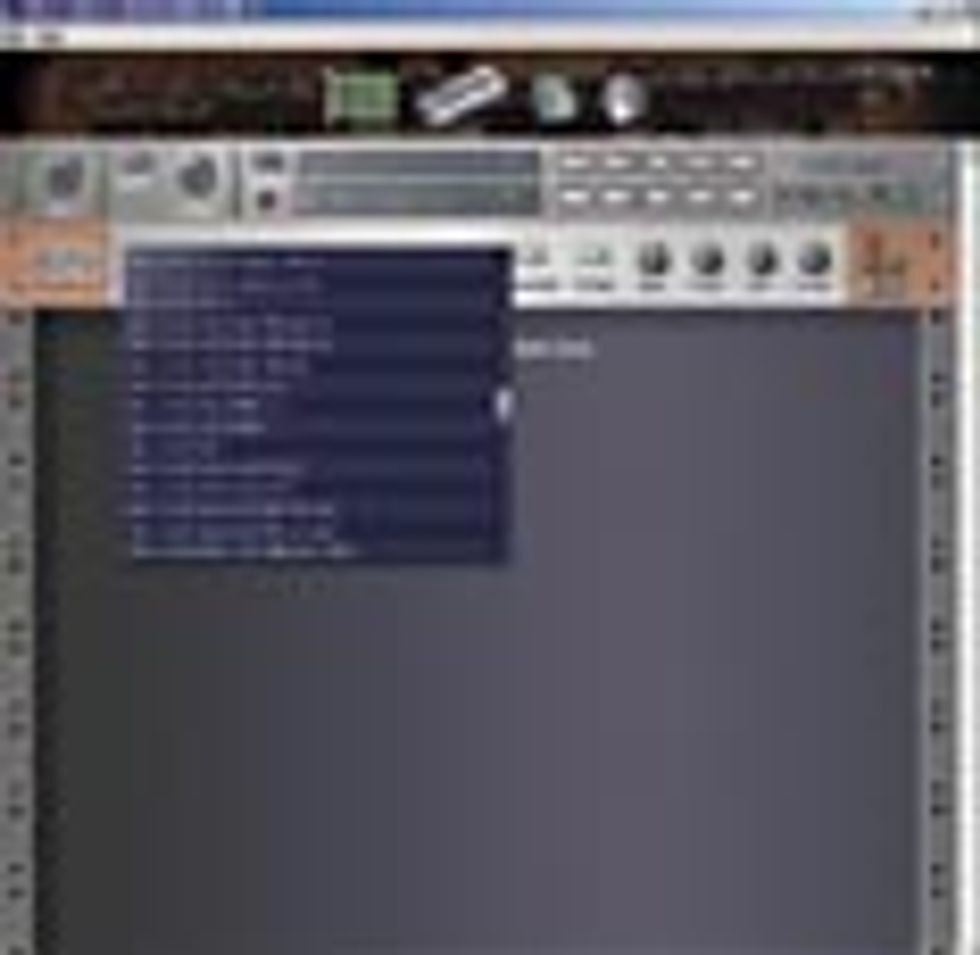 |
Connect the speaker output from your amplifier to the attenuator/load box.
| An attenuator/load box can be used either to reduce speaker volume, or, as shown here, to directly feed the output from the amp into a recorder or DAW without connecting a speaker at all.
| From the load box, the signal goes straight into your computer audio interface or other recorder.
| Peavey’s ReValver software uses impulse response technology to apply the sound of a real speaker and microphone to your amp’s signal.
|
I’m a tube snob. An unashamed, card-carrying, cork-sniffing boutique-o-phile. Yes, virtual guitar processing keeps getting better. But there’s a feel and natural compression generally lacking when compared to a great tube amp operating at its optimum output—the point where the preamp and power section are in the red zone, providing saturation, sustain and response to player dynamics.
The downside of a tube amp running in the “zone” is that it’s really loud. If even a 5-watt amp is enough to upset neighbors, imagine the terror caused by pummeling nearby ears with a 50 or 100-watter! Common solutions to this problem include isolation cabinets and attenuators. Isolation cabinets are a great option, but they can have downsides: they’re still pretty loud, have odd resonances, and mic positioning is limited. If you incorporate an attenuator, you can reduce the volume, but in many cases you also reduce your dynamics and punch.
So what do you do if you want to use a tube amp to record at home? Embrace new technology along with old! Combine the output from your amp with a virtual speaker and microphone for the ideal silent recording rig with all the tone of a cranked-up amp.
Embrace new technology along with old! Combine the output from your amp with a virtual speaker and microphone for the ideal silent recording rig with all the tone of a cranked-up amp. |
The signal path is pretty simple. Instead of connecting your amp to its speaker cabinet, connect it to the attenuator/load box. Then take the load box’s mic or line output and feed it to your audio interface, mic preamp or mixer. (CAUTION: Make sure you are connecting a line or mic level output from the load box to your recorder—NEVER connect a speaker-level output to anything other than a speaker or load box!)
At this point, we have the pure output from your amplifier (and any stompbox effects you’ve used, etc.) in the computer or recorder where we can lay it down on a track. But there’s a piece of the puzzle missing; without a real speaker, the sound isn’t going to be very good (although you may like it for clean tones or for ultra fizzy, buzzy goodness). The speaker is essential to providing the midrange- dominant tones we all love. Fortunately, many software products like IK Multimedia’s Amplitube 2, Native Instruments’ Guitar Rig, and Waves’ GTR offer “virtual” speaker cabs and mics, along with virtual pedals, amps and processing tools. The idea is to turn off everything in the software except the speaker and mic best suited to the tone you want to create, then apply the speaker simulation to your amp track.
Products like Audio Ease Speakerphone and Peavey ReValver go a step further and replace the simulated speakers and mics with impulse responses. An impulse response is an actual capture of the characteristics of a speaker, cabinet, or mic that can be used to process a guitar signal. You get a more accurate picture than a virtual model or a filter. There are even websites where users share their personal impulse response files, so you should be able to find the exact speaker and mic you want. All your normal processing still applies after this process, so you get all the tube tone you want at a volume that allows for happy tracking!
Robert Williams
Sweetwater Sales Engineer Robert Williams has terminal G.A.S. He also has years of experience as a guitarist, engineer, video editor, and broadcast automation integrator at sites across North America and the U.K. Contact him at 1-800-222-4700 ext. 1371 or robert_williams@sweetwater.com.
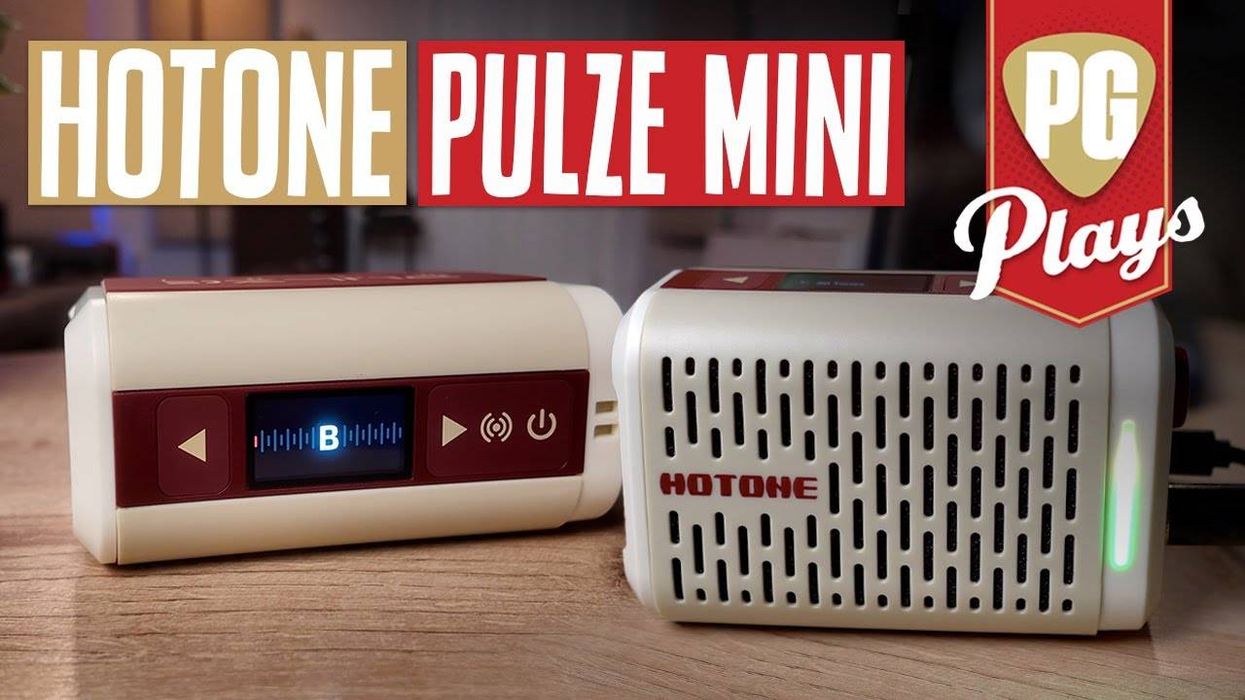
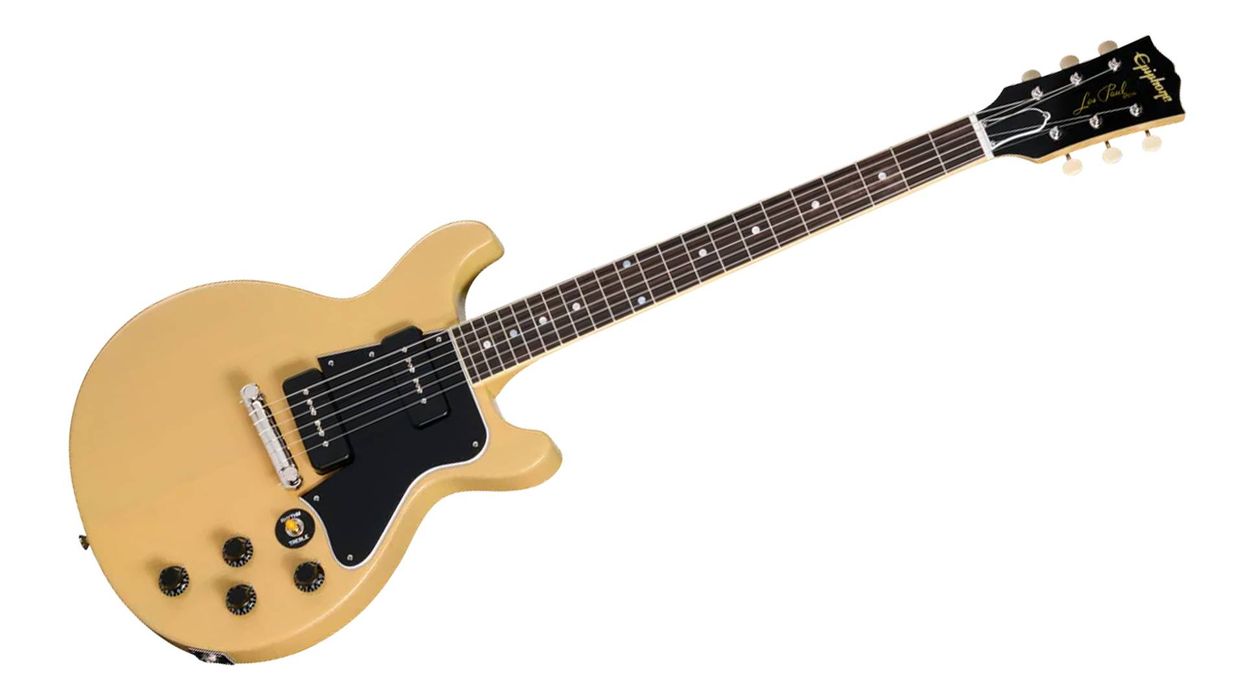


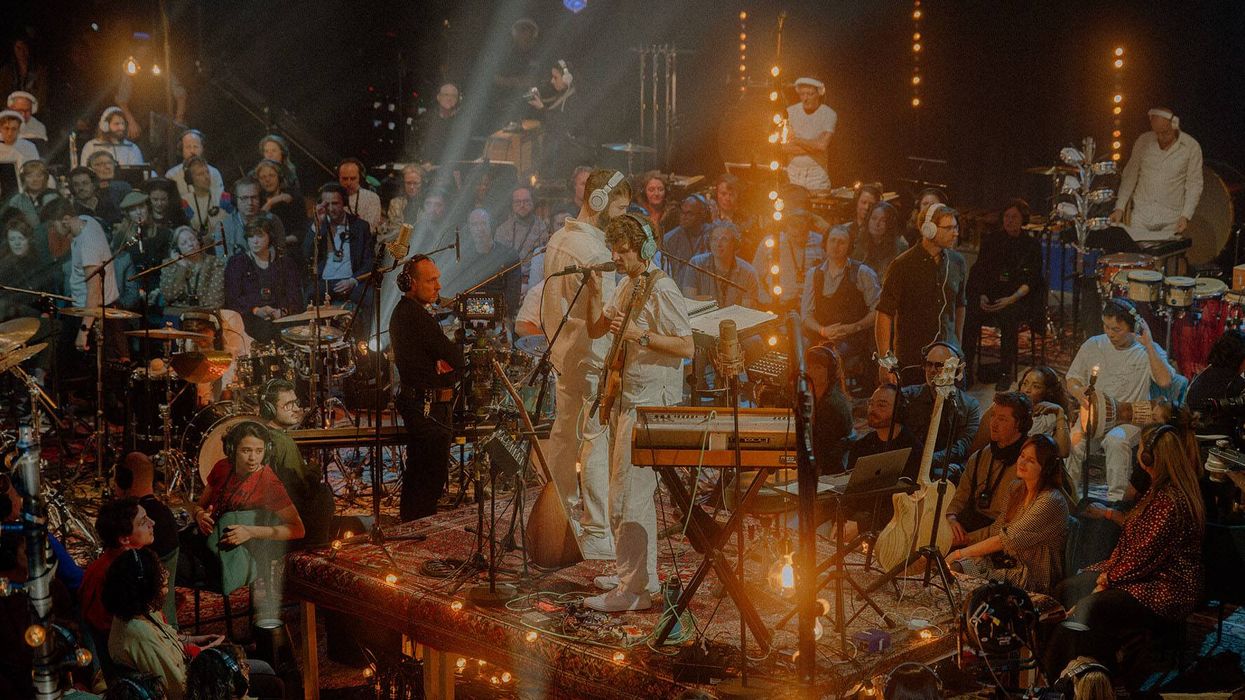
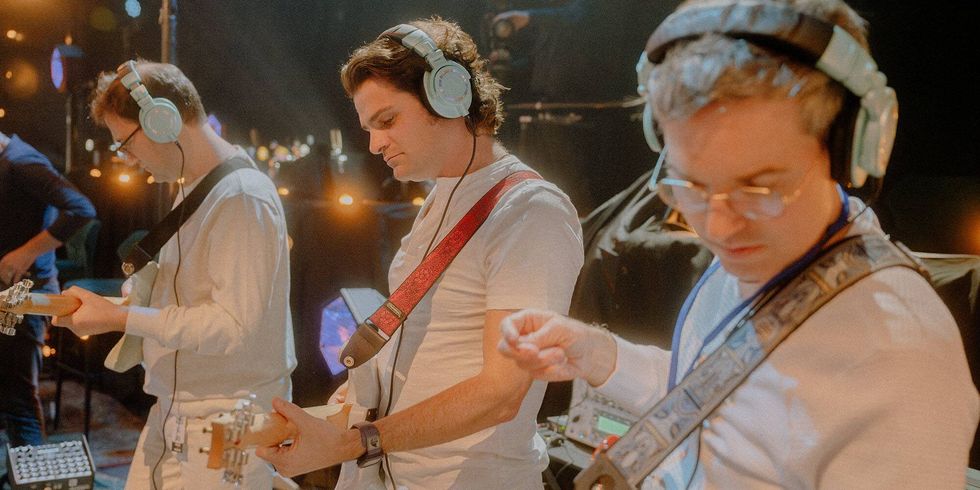
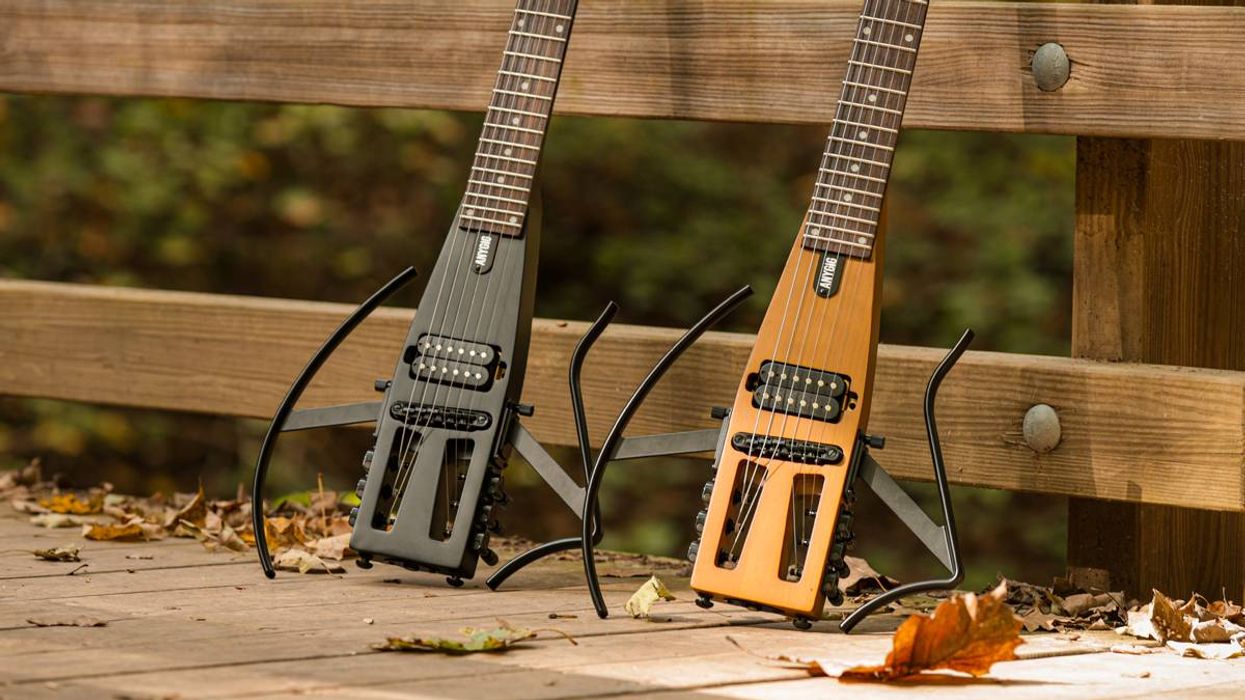

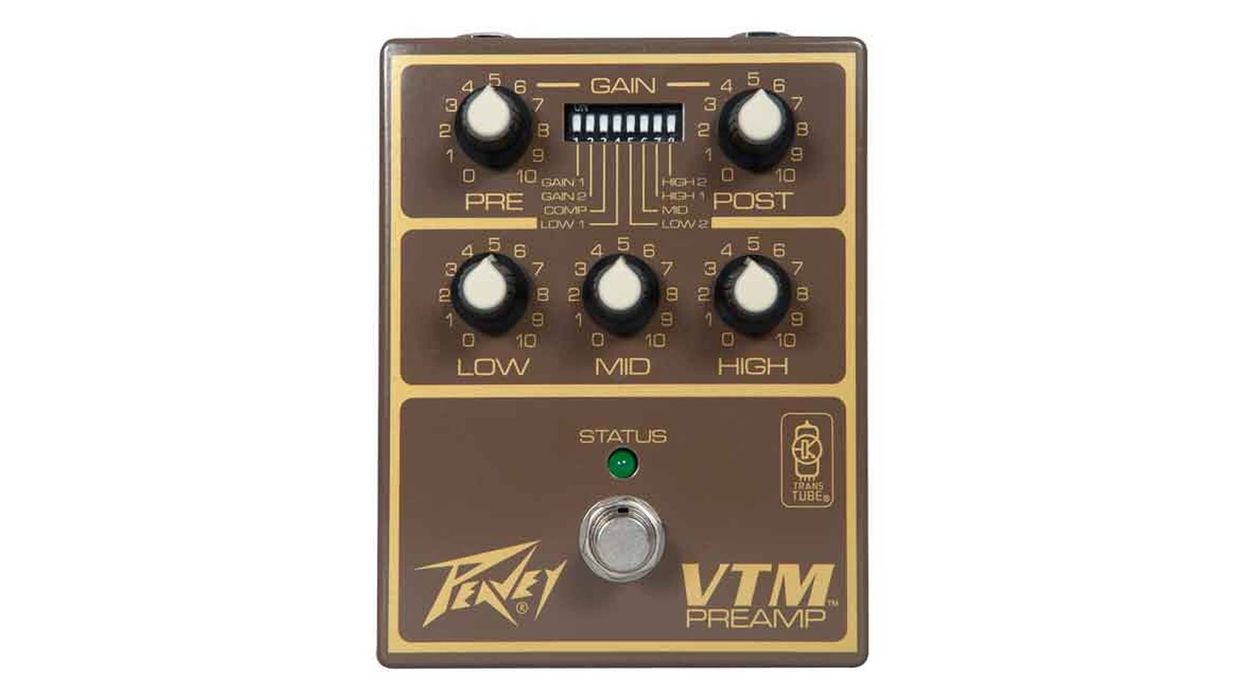

![Rig Rundown: AFI [2025]](https://www.premierguitar.com/media-library/youtube.jpg?id=62064741&width=1245&height=700&quality=70&coordinates=0%2C0%2C0%2C0)

